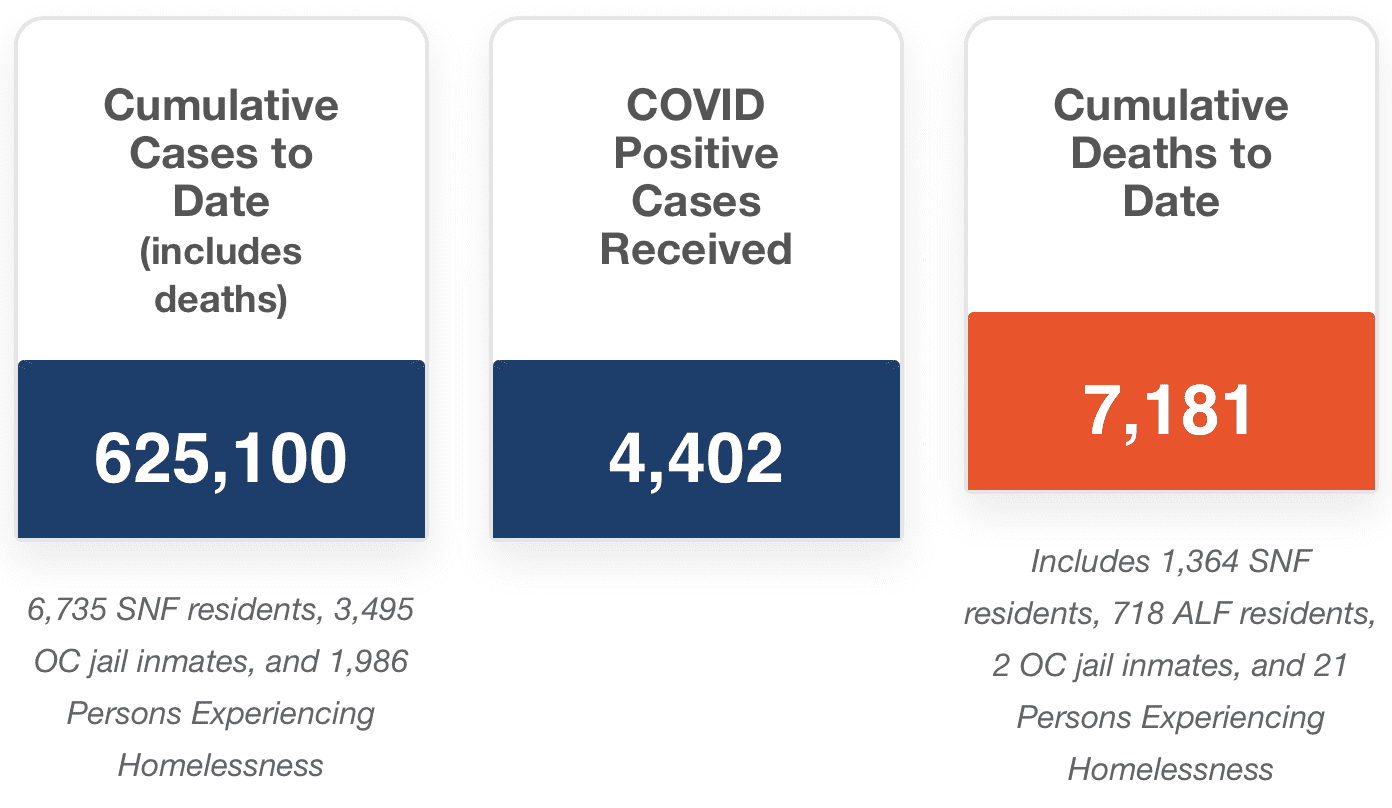The interim general manager of LA Animal Services told a City Council committee during an emergency meeting Tuesday that insufficient staff levels are to blame for dogs in city shelters living in overcrowded conditions while sometimes going weeks or months without being walked.
“The only way we really can get past this is with additional staffing,” Annette Ramirez said during a special meeting of the council’s Personnel, Audits and Animal Welfare Committee — called in response to a Los Angeles Times story on conditions at the city’s six shelters.
“Volunteers are absolutely appreciated. They do a lot of work to help us,” Ramirez added. “But they should not be the ones we depend on to care for the animals. That is our responsibility as the city, as the department of animal services. We should have sufficient staff to provide the minimum care for animals that are in our shelters.”
Ramirez also reported that COVID-19 cases have affected staffing levels at shelters.
Her comments came during a lengthy and often impassioned session at which more than 50 people gave public comments — many of them current or former shelter volunteers who offered firsthand accounts confirming what The Times reported.
Toward the end of the allotted time for public comment, nearly 150 more people were in the queue.
In a report last week, The Times detailed overcrowded conditions and said some dogs spend weeks or months inside their kennels without being walked.
LA Animal Services relies mostly on unpaid volunteers to walk and exercise dogs, according to the report.
The department — which The Times said had 300 filled positions in March — currently has 51 vacancies, with 58 more staff members out due to COVID-19 exposure or a positive test, according to Ramirez.
One public commenter, a volunteer from a South Los Angeles shelter, described systemic problems. Others said the issues have persisted for years and been brought up repeatedly to the committee and the Animal Services Commission, which oversees the department.
“There are issues at every single level at everywhere you turn in the shelter system,” the volunteer from the South Los Angeles shelter said. “You will see from the moment you (sign up) where the issues start. And it permeates throughout the entire system.”
Said a former shelter volunteer: “This emergency meeting that you’re having today is a charade. To pretend like what was reported in L.A. Times article was new and shocking news is really shameful and deceitful to the public.”
Councilman Paul Koretz, the committee chair who called the meeting following The Times report, called the testimony “pretty dramatic” and added, “We really haven’t heard anything like that before this committee.”
He said the committee doesn’t monitor the Animal Services Commission and that the committee only hears “some of the same people make a stray charge here and there.”
But after Tuesday’s onslaught of testimony, Koretz said, “Clearly, the problems are worse than I think we realized. Clearly, it’s not just one or two people crying out in the wilderness. … The problems are serious. We need to take some dramatic steps toward addressing them.”
According to Ramirez, LA Animal Services has the staff capacity to operate only four shelters, rather than the six it runs.
Onboarding volunteers is a challenge, she said, saying there is only one volunteer liaison per shelter, supervising and training more than 100 volunteers when the ideal number is no more than 30.
The department also has just one part-time administrative clerk processing volunteer applications, leading to a “great backlog,” Ramirez said.
Ramirez said the department has an immediate need for at least six more volunteer liaisons and a full-time clerk position.
In response to claims that dogs are being walked infrequently, Ramirez said that “not every dog is appropriate to be walked” because some are aggressive and have attacked people or other animals.
When Koretz said her answer didn’t seem sufficient, Ramirez disagreed.
“We’ve had animals that have mauled people,” she said. “I’m not in a position to force my staff or expect a volunteer to take out a dangerous animal that they are not comfortable with taking out. And there are a lot of animals in my care that the staff are afraid of. It would be unreasonable.”
Ramirez added that the department has to accept every animal that arrives, even those that have attacked or bitten people.
Larry Gross, president of the Animal Services Commission, said the department is facing the “perfect storm.”
“We’ve had a decrease in staff, in volunteers, funding and resources,” Gross said. “We’ve had less adoptions and more animals coming in to fill our shelters. We are constantly trying to fill up a one-gallon bucket with only a 12-ounce glass of water. Just can’t do it.”
Unlike other departments, animal services is tasked with caring for “living entities 24/7,” Gross added. That, he said, puts more pressure on staff and volunteers.
Ramirez added: “We’re mopping up the floor rather than turning off the faucet. It’s really hard to not mop up the floor when we’re looking at our living, breathing animals that need to be fed. They need to be cleaned. They need their water bowls filled. We’re in a position with lack of staffing where there are no good choices that our staff can make. They’re in a very difficult position.”
The committee will hold another meeting in August and then publish a report identifying problems and potential solutions.
“There are many areas of our shelter operations that are desperately lacking,” Koretz said. “So hopefully this is the first step in a significant change, and making our shelter system one that we can again be more proud of.”







